
The Sievers M9 TOC Analyzer enhances productivity.

The Sievers M9 TOC Analyzer enhances productivity.

Line of Environmental Measurement Products
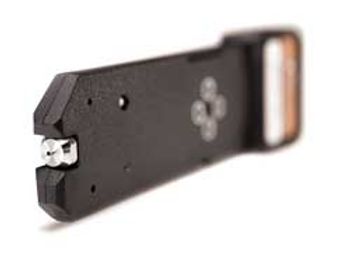
UPLC Separation Intergrates into Mass Spectrometers
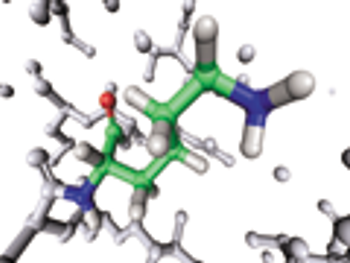
USP evaluates raw materials used in the chemical synthesis of peptides.
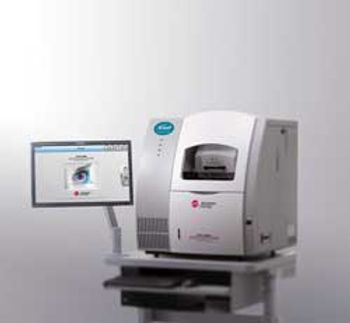
High-Performance Separation-Electrospray Ionization System
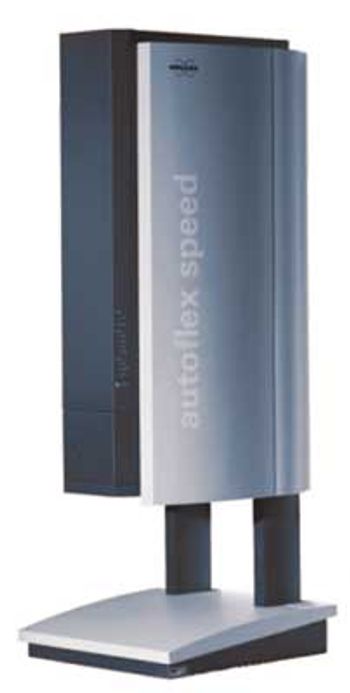
Mass Spectrometer Enhances Performance in Protein Analysis

Liquid Chromatography Column Separates Glycans
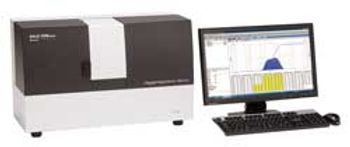
Aggregation System Improves Analysis of Sub-Visible Particles

USP evaluates quality attributes for synthetic peptides.

Design of experiment is a powerful development tool for method characterization and method validation.

FDA provides recommendations for submitting analytical procedures and methods validation data.
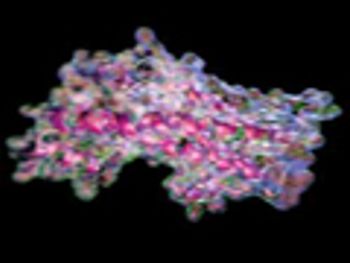
Advances in instrumentation, software, and methodologies provide more information than ever on the higher-order structure of proteins.

Accurate protein concentration results can be obtained using standard spectrophotometers and commercially available short path length absorption cells.

USP announced the approval of General Notices section 5.60.30 Elemental Impurities in USP Drug Products and Dietary Supplements with an official date of Dec. 1, 2015.

Variation understanding and modeling is a core component of modern drug development.
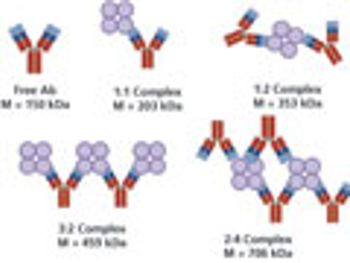
A study to investigate metacomplex formation in the hetero-association of a multivalent antigen, streptavidin (SA), and a bivalent antibody (Ab) using a composition-gradient multiangle light-scattering (CG-MALS) system consisting of a composition-gradient device, a MALS detector, and a UV/Vis absorption detector.
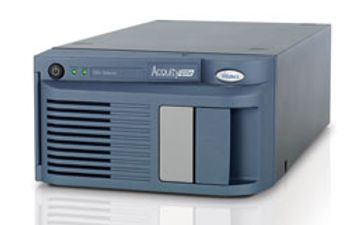
The Waters ACQUITY QDa Detector is a mass detector designed to bring high-quality, mass spectral data to chromatographic separations.
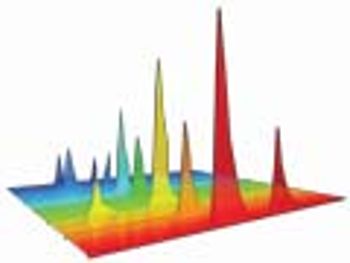
A well-designed comparability study can demonstrate the performance and advantages that can be gained when adopting a new protocol.
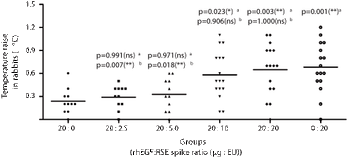
The correlation between limulus amebocyte lysate (LAL) assay and rabbit pyrogen test (RPT) targeting recombinant human epidermal growth factor (rhEGF) as active molecule was assessed.

A simple, sensitive, and universal platform for identification and quantification of trace-level protein impurities in biotherapeutics is described.
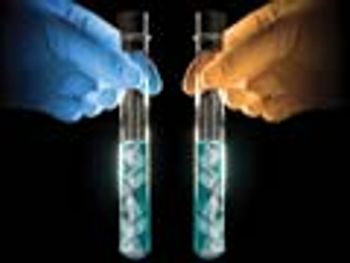
Review the importance of characterization studies during biosimilars development and related analytical methods.

Knowledge of product or process acceptance criterion is crucial in design space.

A proposed new guideline provides a global policy for limiting metal impurities qualitatively and quantitatively in drug products and ingredients.

Viruses in animal-derived starting materials could contaminate biopharmaceutical final product. A rigorous testing strategy and removal methods are reviewed.

The author discusses the need for stability analysis.